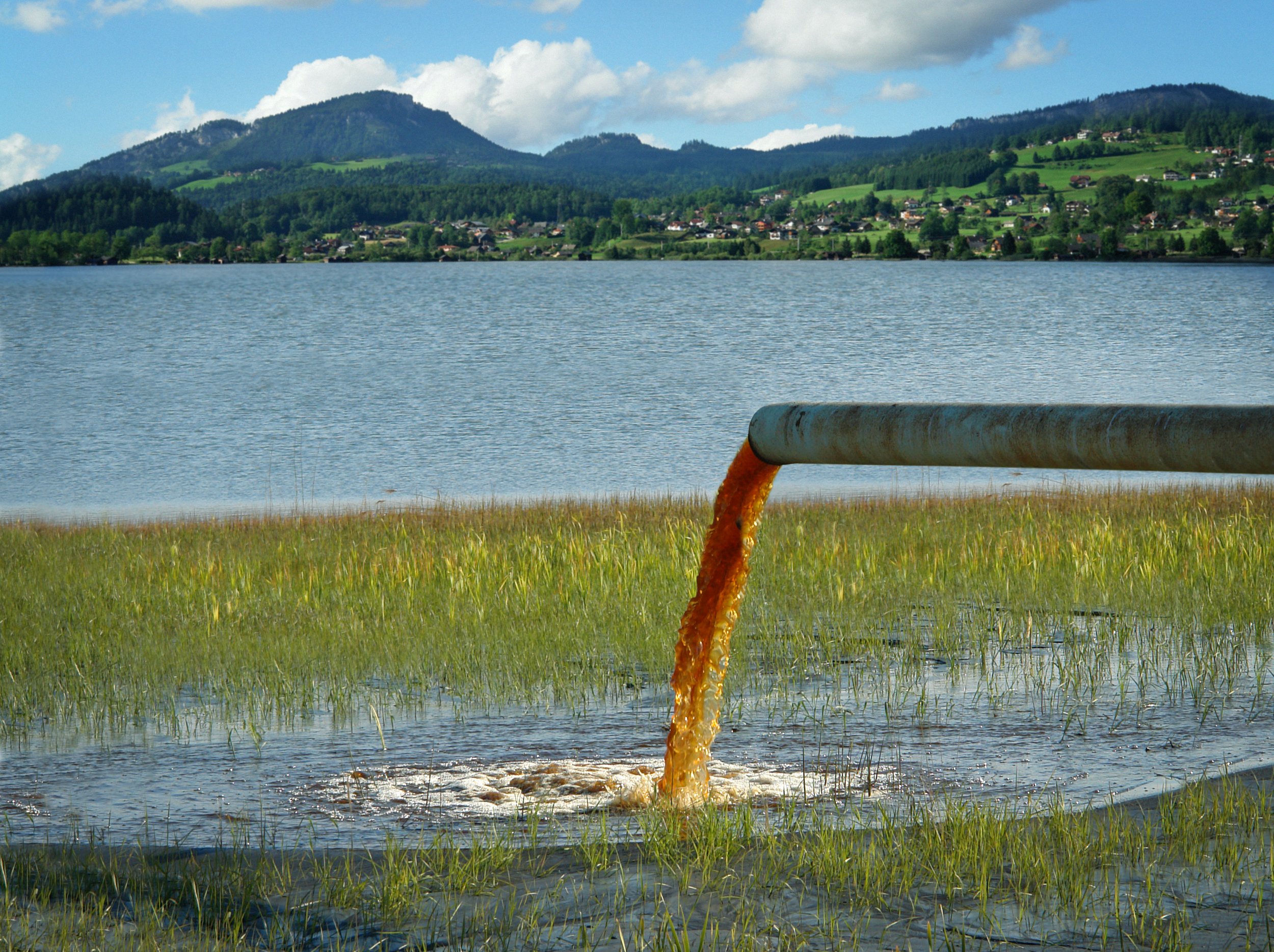4 Major Drivers That Are Threatening Minnesota Wetlands
Although wetlands are a naturally resilient ecosystem, they are sensitive to environmental changes. In recent years, experts have documented changes that have negatively affected wetland habitat, many of which are tied to human activities. Compiled here is a list of four of the most pressing threats facing wetlands today.
1) Development
Arguably the most significant and physically transformative threat to wetlands is modern development. The draining, dredging, and/or filling of existing wetlands to make way for infrastructure (including industrial, commercial and residential) can effectively eliminate a wetland from an area. Wetlands are naturally interconnected ecosystems and the impacts of development can be observed far beyond the site of development. During development, the installation of artificial stabilization devices (such as rip-rap and bulk-heads) as well as impervious surfaces prevents the natural flow of water that is critical to the health of wetlands. Altering the natural meandering process in wetlands creates a chain reaction that inhibits the creation of new wetlands and the replenishment of existing ones.
Wetlands are also coveted for their agricultural potential due to their relatively flat topography and their highly productive, organics-rich soil. As with development in other sectors, agricultural development in wetland habitats interrupts the water cycle and can lead to increased erosion through the removal of native species. The Wetland Conservation Act (originally adopted in Minnesota in 1991) provides wetland protection against development via the “no net loss” principle, and permits mitigation efforts to restore and replace wetlands impacted by development.
Wetlands are also susceptible to the effects of pollution, which can permanently alter their function and appearance.
2) Pollution
Wetlands are also susceptible to the effects of pollution, which can permanently alter their function and appearance. One of the many services that wetlands provide is the ability to filter out pollutants. However, when exposed to pollutants at high levels via the groundwater and surface waters that flow into them, pollutants can accumulate in the sediment becoming toxic to wetland plants and animals. Sources of wetland pollution include urbanization, agricultural practices, mining runoff, air pollution, and leakage from landfills and pipelines.
Pollutants with the potential to disrupt wetland functions can range from sediments, fertilizers, pesticides, road salts, heavy metals and human/animal waste. Nutrient loading is of special concern in Minnesota, as overly high levels of nitrogen and phosphorus (typically stemming from agricultural and urban activity) can lead to excessive algae growth, oxygen depletion and subsequent toxicity to aquatic life. Although regulated, pollution is still a driver that can be observed at different levels of scale, from individual behavior to industrial grade activity.
3) Invasive Species
Habitats all across the United States face immense pressure from the introduction of invasive species. These non-native, or otherwise introduced, species possess unequal advantages in the food chain that allow them to go unchecked in our native ecosystems. This allows them to out-compete our essential native species that we depend on to keep our ecosystems functioning correctly. Unfortunately, there are an increasing number of plant, animal and invertebrate species that have been degrading wetland biodiversity, some notables being Emerald Ash Borer (EAB), Reed Canary Grass, and non-native/hybrid cattail species. As with most invasives, these species are aggressive and spread rapidly, inflicting ecological damage as they expand geographically. Emerald Ash Borer poses a tremendous threat to Black Ash wetlands in the northern great lakes region. Wetlands in this area could soon be without this long-lived and vital tree, which could negatively impact species diversity, migratory bird habitat, and the movement of water. Similarly, both Reed Canary Grass and non-native cattails have the ability to out compete native grasses, rushes and sedges and create monocultures in wetlands.
Without the diversity of species found in healthy wetlands, other species such as pollinators, birds and mammals would be without sources of food and habitat. Efforts at the local, state and national level have been underway to mitigate the spread of invasive species and protect ecosystems like wetlands from their continued spread and/or introduction.
Read More: The Usual Suspects: Five Invasive Plants Taking Over Our Wetlands
4) Climate Change
Shifting climate patterns have been pushing wetlands near or out of their range of environmental tolerances. Wetlands are adapted to the specific climate factors found in Minnesota. While they are resilient and have the ability to withstand temporary changes, the rapid and consistent evolution of Minnesota’s climate does not provide adequate time for wetlands to adapt, thereby threatening the ecosystem. Generally speaking, climate change has exposed wetland species to higher annual temperatures, changes in annual rainfall, and increased extreme weather events, all of which are based on recordings throughout the past 30 years.
These observable patterns place stress on the species that comprise wetlands, without which the wetland would not be able to function as intended. A wetland’s ability to mitigate flooding will be impeded by more persistent drought and heavy precipitation events. The carbon cycle in wetlands will be impacted, as warmer temperatures and changes in precipitation can also increase the loss of stored carbon in wetland soils. Sensitive species that depend on certain temperature and precipitation ranges will exit wetlands, decreasing overall biodiversity. While climate change is one of the more challenging issues to address, it is one that requires immediate attention in order to preserve native wetlands.
Many of these drivers are interconnected, and wetlands in Minnesota are exposed to each at varying levels of intensity. The preservation and restoration of wetlands, and their invaluable ecological functions, is paramount to Minnesota’s environmental health. Addressing these drivers, and supporting wetland habitat through instruments such as mitigation banking, can lead to overall environmental resilience.
Let’s get started
Contact MPI today with your ecological restoration and mitigation banking project needs. Our team is ready with answers and expert services to bring your vision to life.
Mitigation Partners, Inc. Founders Dax Dickson & Tory Christensen
Sources
https://www.pca.state.mn.us/water/threats-minnesotas-wetlands#:~:text=The%20biggest%20threat%20to%20wetlands,water%20fluctuations%2C%20and%20other%20factors.
https://rpbcwd.org/library/wetlands
https://twin-cities.umn.edu/news-events/potential-impacts-emerald-ash-borer-wildlife-black-ash-wetlands
https://www.leg.mn.gov/docs/2015/other/151004.pdf
https://www.health.state.mn.us/communities/environment/climate/water.html
https://claycountymn.gov/364/Wetlands-Conservation-Act-WCA
http://cas.umt.edu/watershedclinic/links/clarkfork/wetlands/threatstowetlands.htm
https://www.nps.gov/subjects/wetlands/threats-to-wetlands.htm
https://www.itascaswcd.org/programs/wetlands/240-the-wetland-conservation-act
https://www.epa.gov/report-environment/wetlands
https://www.maine.gov/dep/water/wetlands/threats.htm
https://www.pca.state.mn.us/water/nutrient-reduction-strategy
https://sfec.cfans.umn.edu/sites/sfec.cfans.umn.edu/files/171017.palik_black_ash.pdf
https://ecology.wa.gov/Water-Shorelines/Wetlands/Tools-resources/Wetlands-climate-change



